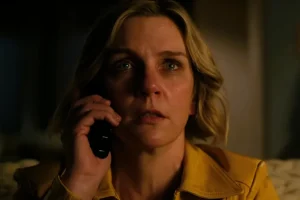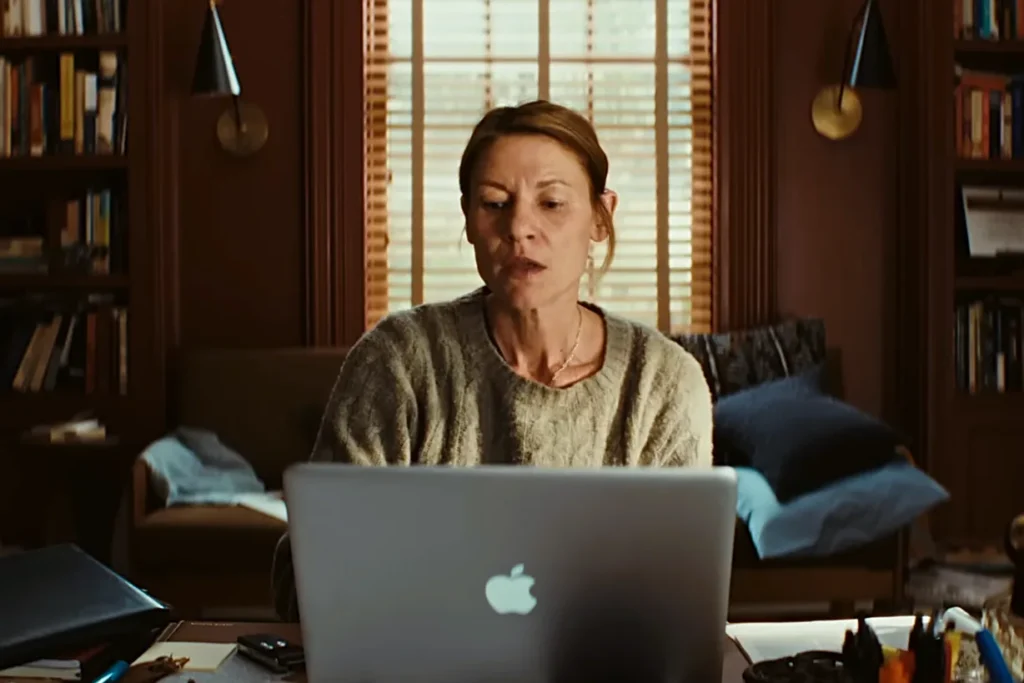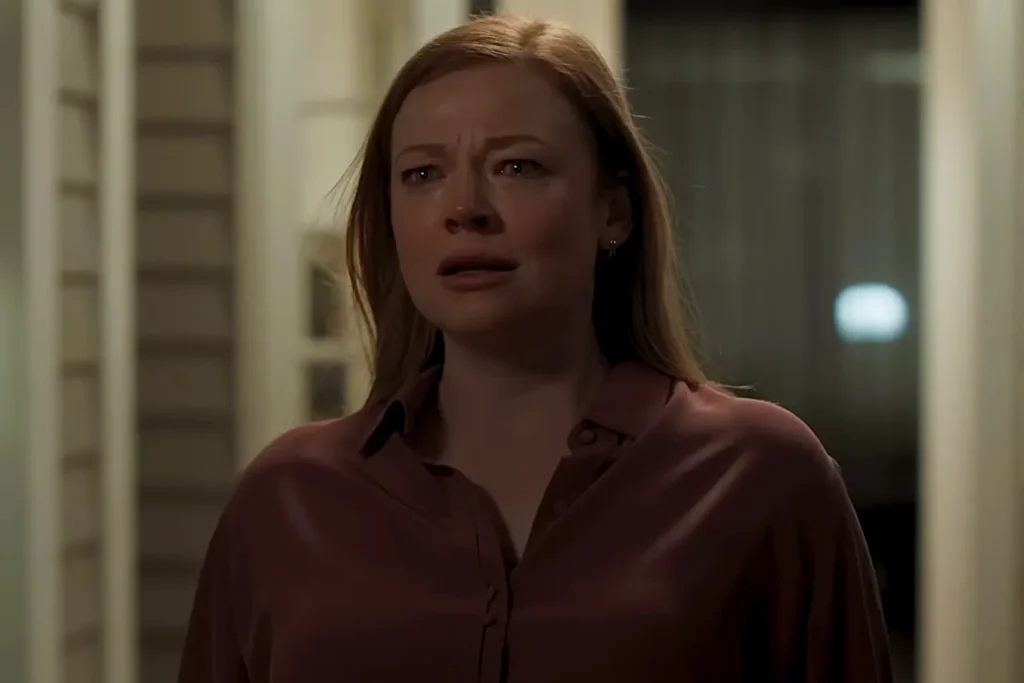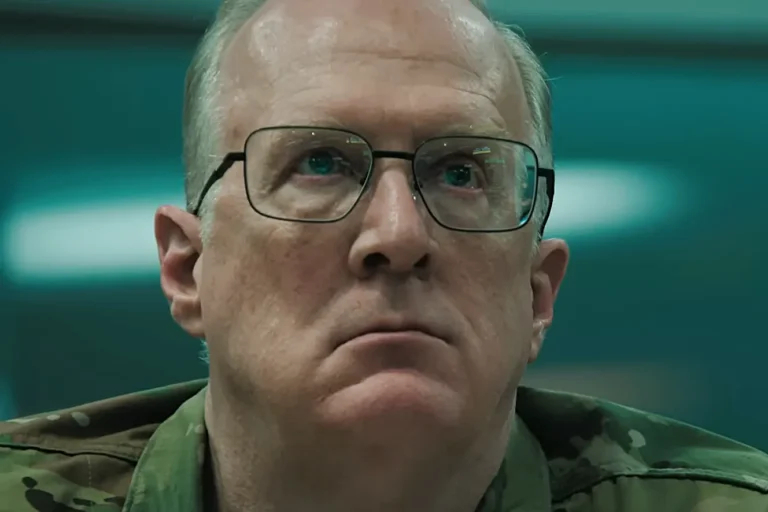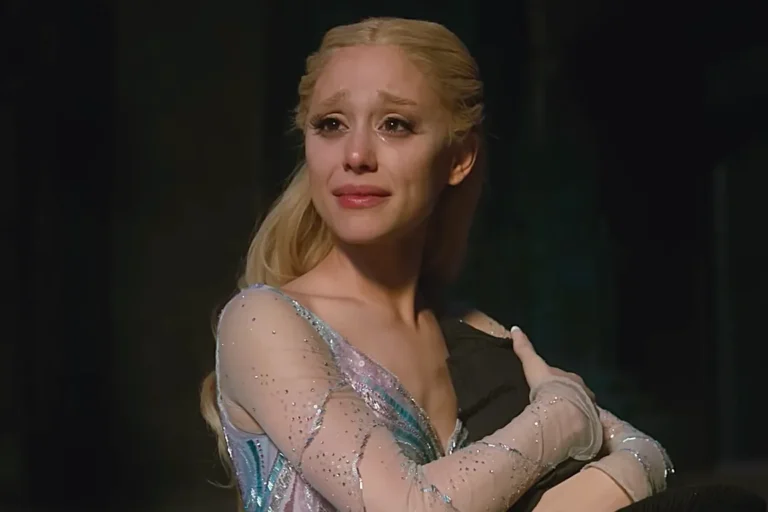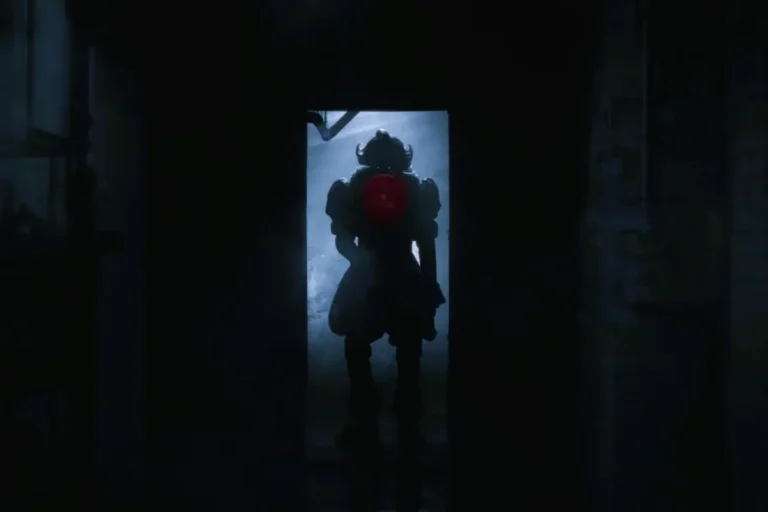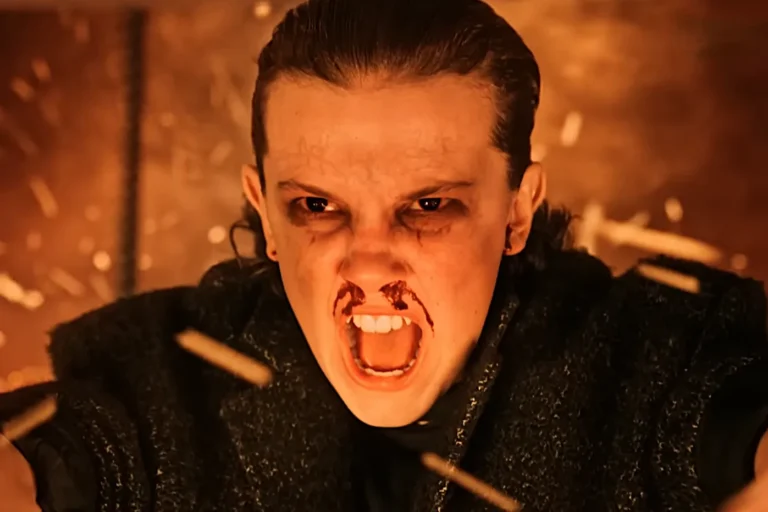Summary:
-
Elphaba survives by staging her own death, escaping Oz with Fiyero while the world believes she’s gone.
-
Glinda becomes Oz’s leader, with Morrible imprisoned and the Wizard fleeing in a hot-air balloon.
-
Dorothy appears briefly, staying true to the book with silver shoes and minimal visibility.
After nearly a year of anticipation, Wicked: For Good closes Jon M. Chu’s two-part cinematic adaptation with the familiar heartbreak, hope, and moral complexity fans know from the stage musical. At the same time, the film adds new emotional texture, cinematic flourishes, and small structural changes that make the ending feel richer without derailing the story audiences love. If you’ve seen the film and want to understand those final beats clearly, here’s a full breakdown.
Is the Wicked For Good ending different from the Broadway musical?

The short answer: not really but the movie uses its extra screen time to deepen what’s already there.
The film stays closely aligned with the musical’s Act II storyline, including the big emotional twists, the “death,” and the final choice that lets Elphaba and Glinda go their separate ways. Stephen Schwartz’s two new songs “No Place Like Home” and “The Girl in the Bubble” are where most of the film’s shifts happen. They don’t alter the plot; they expand character psychology, giving Elphaba and Glinda added internal clarity before the climax unfolds.
If you know the stage ending, the film’s structure won’t surprise you. What may surprise you is how cinematic choices make familiar moments feel more intimate, more frightening, or more tender. Chu doesn’t rewrite the ending he just widens the emotional aperture.
READ MORE: Every Song on the Wicked For Good Soundtrack
Is the Wicked For Good ending different from the book by Gregory Maguire?
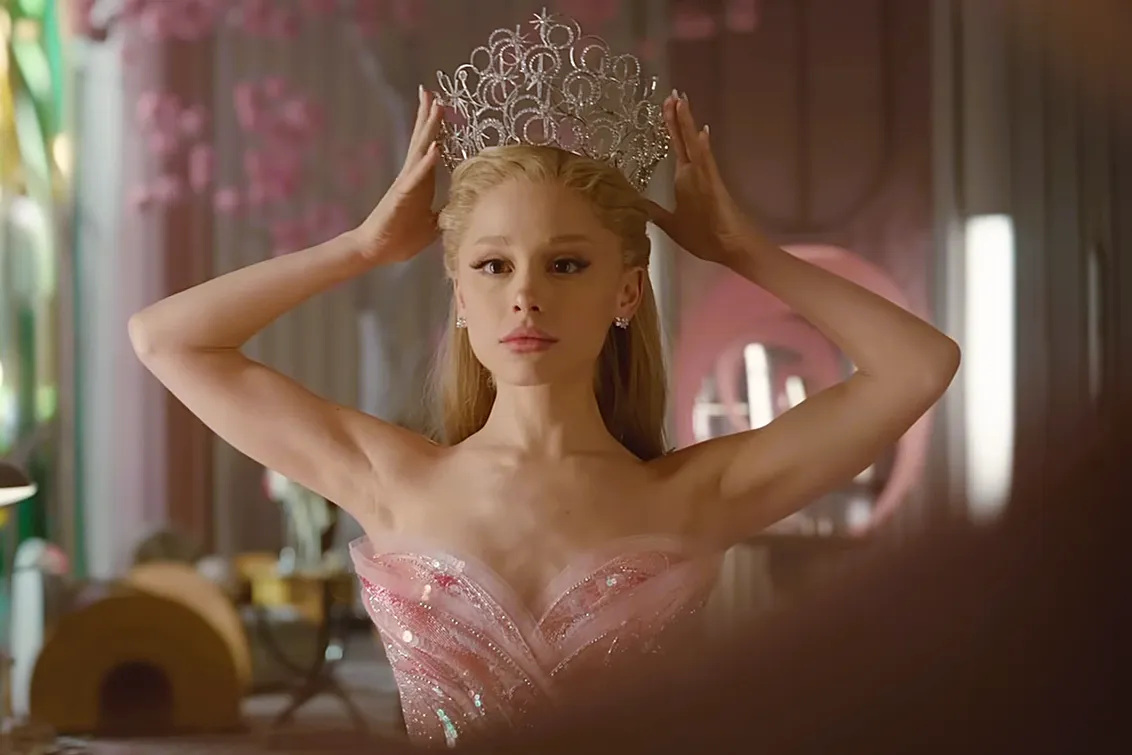
Absolutely and intentionally.
Gregory Maguire’s novel places Elphaba in a darker, more tragic arc. Like in the original 1939 film, the Wicked Witch dies. Water doesn’t just symbolize vulnerability in the book, it kills her outright. The Wizard escapes before a political reckoning, and Oz is left in free-fall.
Chu’s adaptation follows the musical’s perspective instead: one that reframes Elphaba as misunderstood, not monstrous. The ending reflects that philosophy she survives, escapes, and is allowed a future beyond Oz’s cruelty.
If the book is political tragedy, the musical (and the film) is emotional reclamation.
READ MORE: Meet the Full Cast of Wicked For Good
What happens to Elphaba at the end of Wicked For Good?

This is where everything converges myth, misunderstanding, and a long-teased act of escape.
Elphaba survives by faking her death.
Dorothy throws water at her a moment framed as chaotic and tragic, not triumphant. But the splash doesn’t kill Elphaba. Instead, she uses the public’s belief in the “melted witch” story as a shield.
A trap door beneath her opens at the perfect moment. She drops out of sight. The Ozians believe their long-feared witch has melted. The myth becomes reality, reinforced by Morrible’s manipulation and the Wizard’s political spin.
Fiyero returns as the Scarecrow.
Once the crowd disperses and the danger passes, the Scarecrow now revealed to be Fiyero opens the hatch and helps Elphaba out. The two embrace in the shadows before planning their escape beyond Oz.
The film plays this reunion quietly, letting the emotional relief land without theatrical flourish. It’s a moment of survival earned through sacrifice, love, and the willingness to become someone the world can no longer identify.
Together, Elphaba and Fiyero leave Oz.
They slip away from the Emerald City, choosing anonymity and freedom over a life spent fighting against public hatred. The people will believe the Wicked Witch is dead. That’s the point.
Elphaba gets what she always wanted: not applause, not redemption… just a chance to live.
READ MORE: Do You Have to Stay Until the End of Wicked For Good? Post-Credits Scene Revealed
Why does water “kill” Elphaba and how does the film explain it?

The movie continues the musical’s approach: water is rumored to be Elphaba’s weakness, but the truth is far more layered.
The “melting” is a myth weaponized by fear.
Once she becomes the Wicked Witch of the West in public imagination, stories spread that water can kill her. People cling to it because myths are easier than nuance especially when a government (Morrible) is feeding the rumor mill.
In the film, water isn’t fatal, but it helps her escape.
The moment Dorothy throws the pail doesn’t harm Elphaba physically. Instead, it creates the opportunity she needs to disappear into the trap door beneath her chambers.
The misconception becomes her escape route.
It’s a clever echo of the musical’s symbolic logic: the public wants a villain, so they create one and believe the myth long after the truth has slipped quietly out the back.
READ MORE: Wicked For Good Finally Announces Who Will Play Dorothy
What happens to Fiyero and why does he become the Scarecrow?

This part of the ending stays faithful to the stage musical.
Fiyero becomes the Scarecrow because of a protective spell.
Captured and tortured for helping Elphaba, Fiyero faces a brutal fate. Desperate, Elphaba casts a spell meant to protect him from pain and injury a spell designed to keep his body from breaking.
Because Fiyero is still alive when she casts it, the magic reshapes him, turning him into a figure whose body can’t be harmed: a Scarecrow.
This twist reframes the Scarecrow from The Wizard of Oz as a character with deep emotional ties to Elphaba, not just Dorothy. It’s one of the musical’s most poignant re-writes, and the film preserves that emotional resonance.
READ MORE: Death by Lightning Ending Explained: How the True Story Came to Life
What happens to Glinda in the Wicked For Good ending?

While Elphaba escapes, Glinda stays behind not as a glittering icon, but as a suddenly solitary woman carrying the weight of truth.
She becomes the leader Oz needs.
Once Elphaba is gone, Blaine and the Ozians turn to Glinda for stability. With the Wizard fleeing and Morrible imprisoned, Oz is leaderless. Glinda steps into that vacuum not because she wants power, but because she feels responsible.
She tells no one the truth about Elphaba.
Glinda honors Elphaba’s escape by keeping it secret. She lets the world believe the Wicked Witch of the West is dead, even though the knowledge breaks her heart. The film leans into her grief subtly, showing the loneliness of someone who loves both justice and the truth but cannot speak either aloud.
Her rise is hopeful, but it comes with a quiet ache.
READ MORE: The Tragic True Story Behind Death by Lightning
What happens to the Wizard and Madame Morrible?

The Wizard flees in a hot-air balloon.
Just like in the musical and nodding back to the 1939 film the Wizard escapes Oz in a balloon when a political coup threatens his grip on power. He avoids accountability entirely, leaving chaos behind.
Madame Morrible is imprisoned.
In a rare moment of justice, Morrible is arrested and removed from power. Her manipulations, propaganda, and orchestration of Elphaba’s vilification come crashing down. Her downfall gives Glinda the chance to rebuild Oz more compassionately.
Their fates underscore Wicked’s core theme: corruption flees, cruelty collapses, and truth even when messy rises.
READ MORE: The True Story Behind Peacock’s All Her Fault
Does Dorothy appear in the Wicked For Good ending?

Yes, but only briefly, and almost always from behind or in shadow.
Dorothy’s silver shoes (a nod to L. Frank Baum’s original novel) act as recognizable markers. The film avoids full close-ups of her face, preserving the story’s witch-centered point of view and preventing her from overshadowing the climax.
Her minimal screen time mirrors her function in the musical: a catalyst, not a protagonist.
Stay updated with the Latest News and Stories, follow us on our social media platforms.
You can follow us on:
Nerdveda is Popculturexp on X
Stay Connected!! Join our Whatsapp Channel




